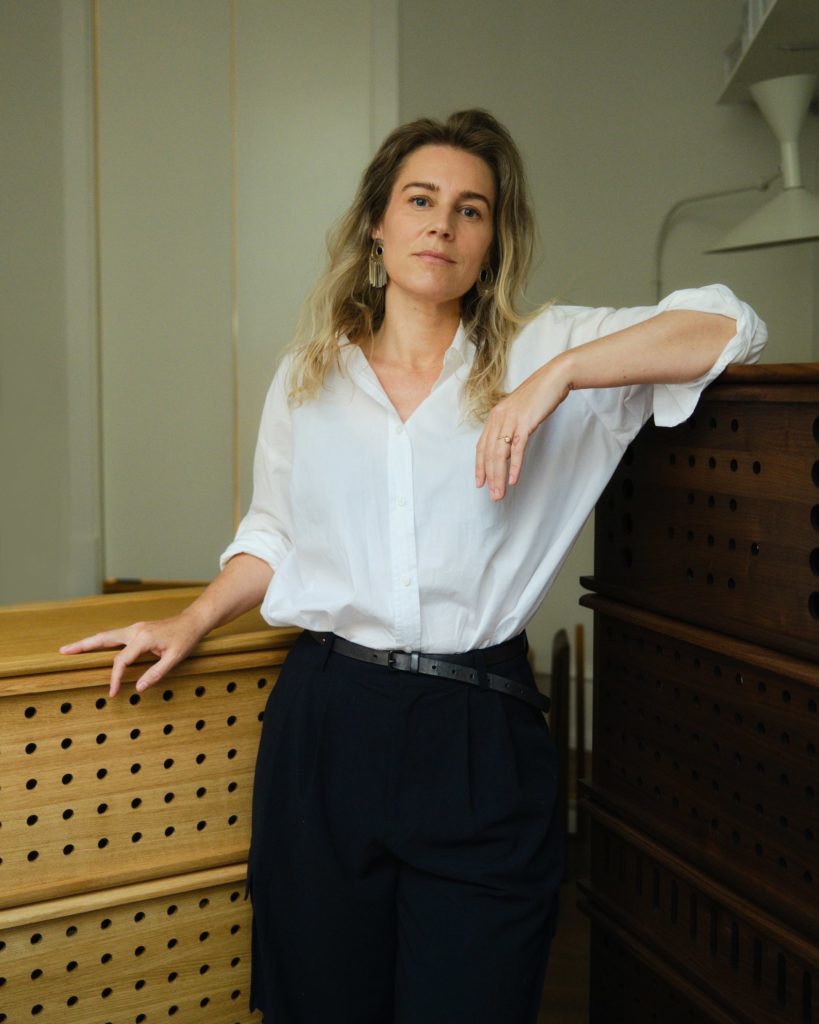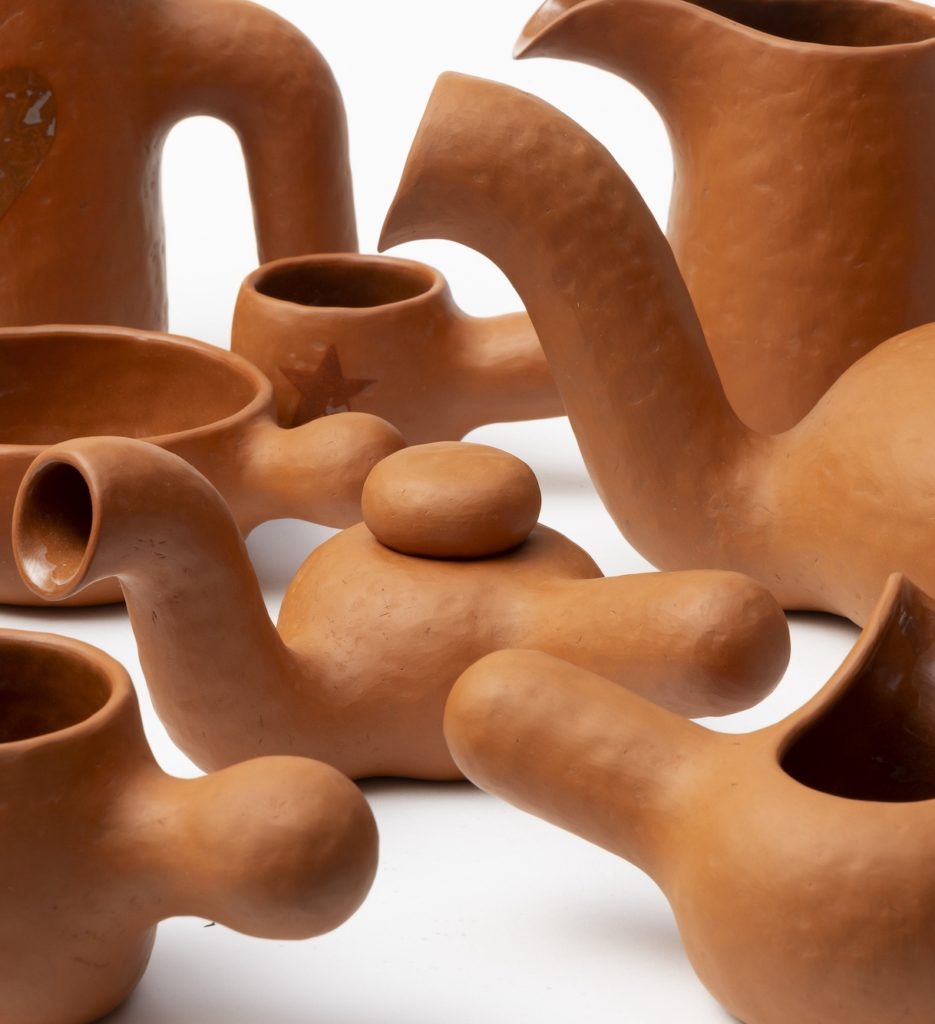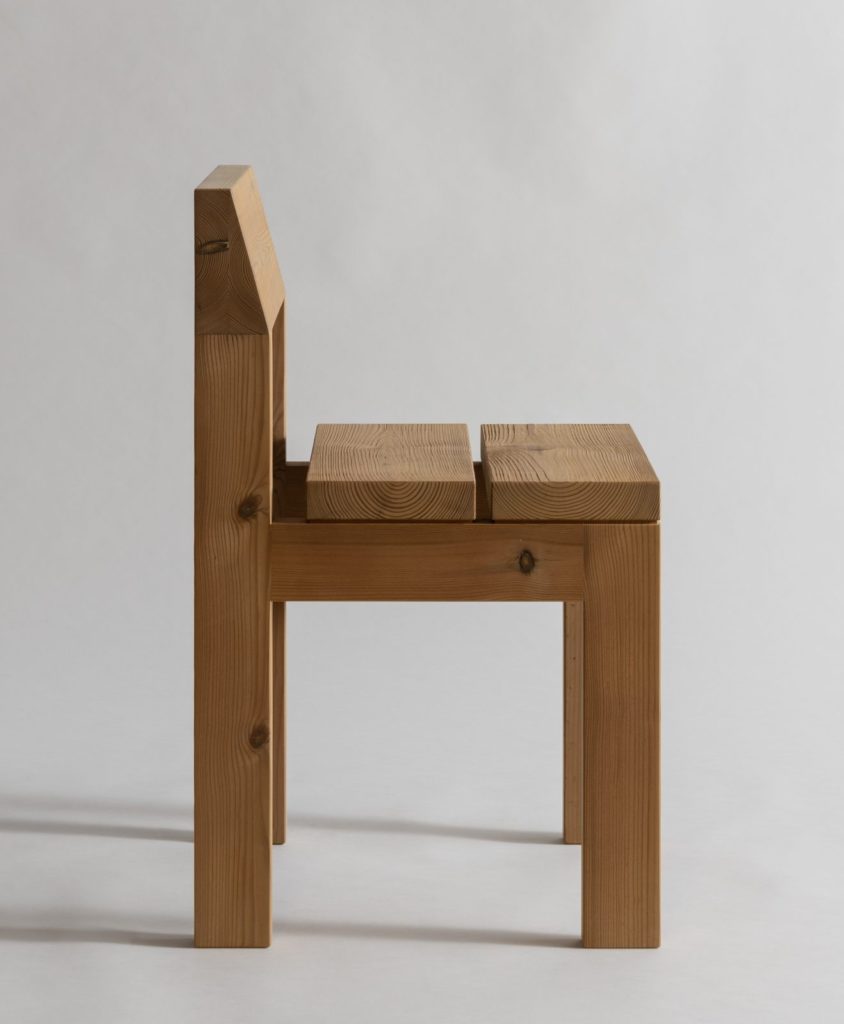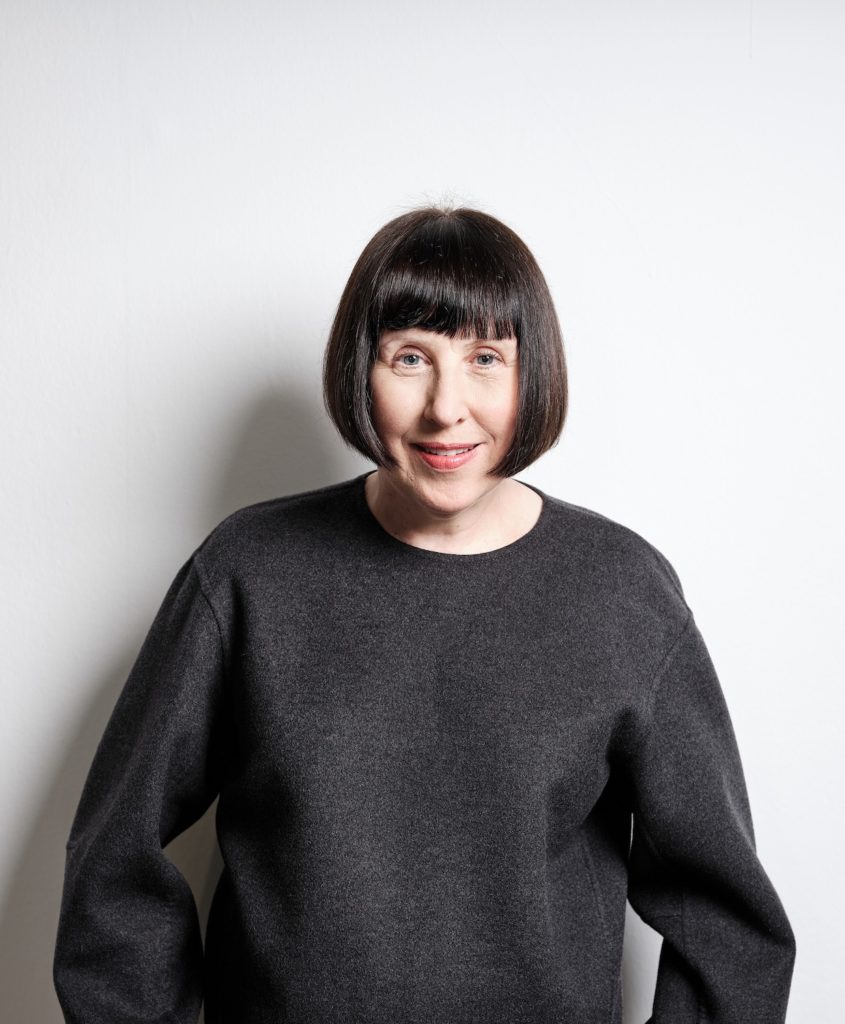Rethinking traditional craftsmanship to create something new
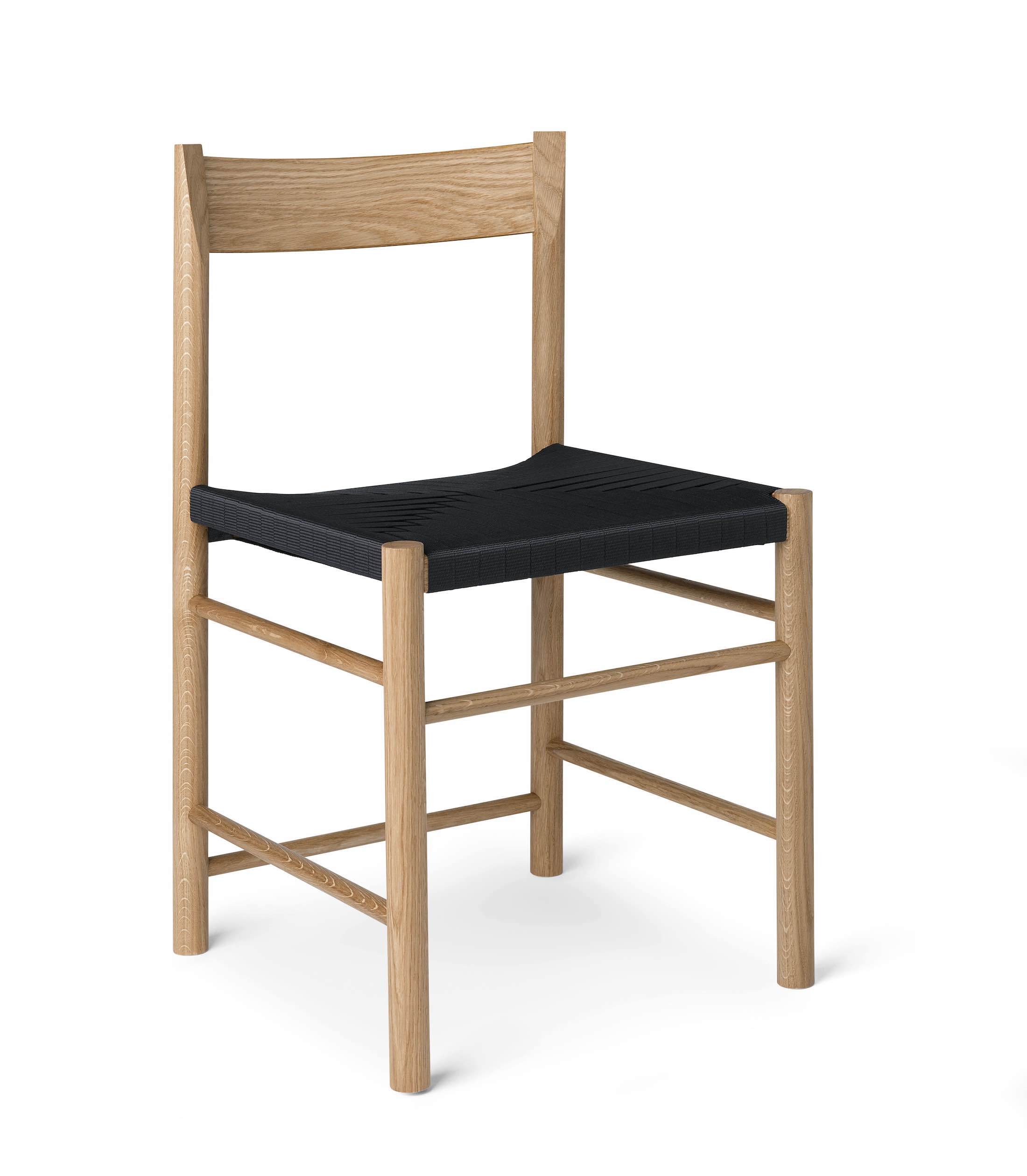
by Grant Gibson
Inheriting a family firm can’t be easy. After all, there’s a heritage to husband, the essential DNA that has allowed it to survive through the generations. By the same token, agility – the ability to move with the times – is vital to any business, to ward off the danger of atrophy. Plus it’s often the case that other members of the family remain in the background, sometimes with their own ideas and a sense of how things should be done. It is a generational balancing act to work out how far new ideas can be imposed without alienating loyal staff.
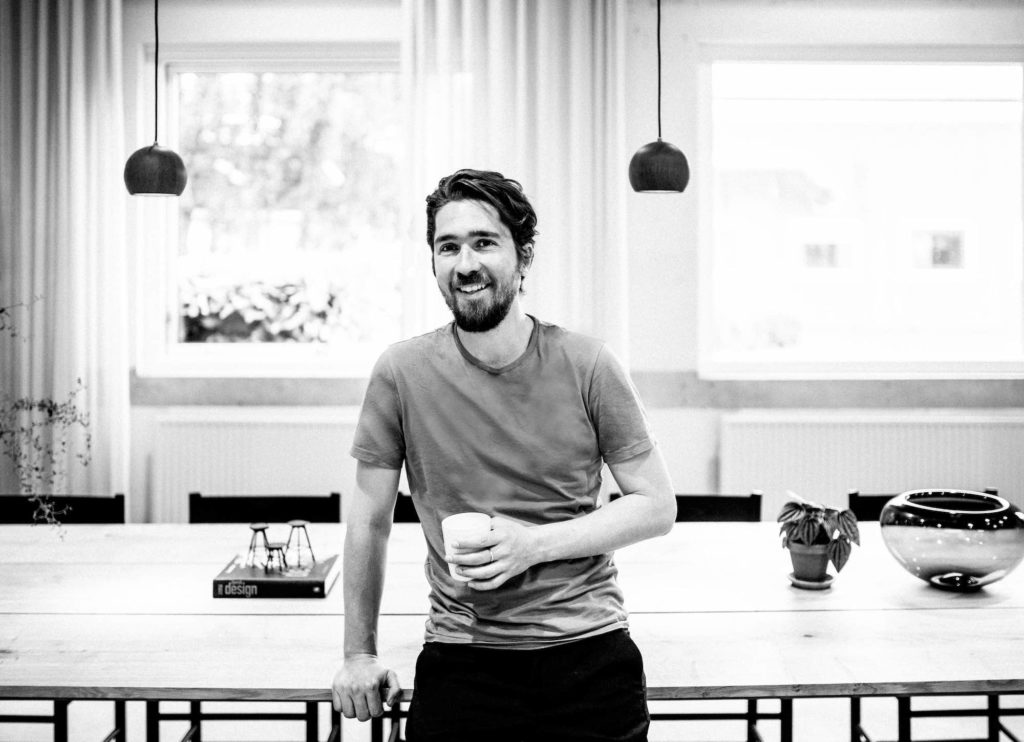
It’s a trick that Jonas Krüger and his sister, Julie, fifth generation owners of the family firm Brdr. Krüger, appear to have pulled off with aplomb. A bit of history: Brdr. Krüger was founded in 1886 by brothers Theodor and Ferdinand in Copenhagen. “It was traditionally a small wood turning workshop,” confirms Jonas. “We still turn wood a lot, so we’ve kept that niche trade. We’ve been a supplier for the furniture industry, the design industry and architects for many years.”
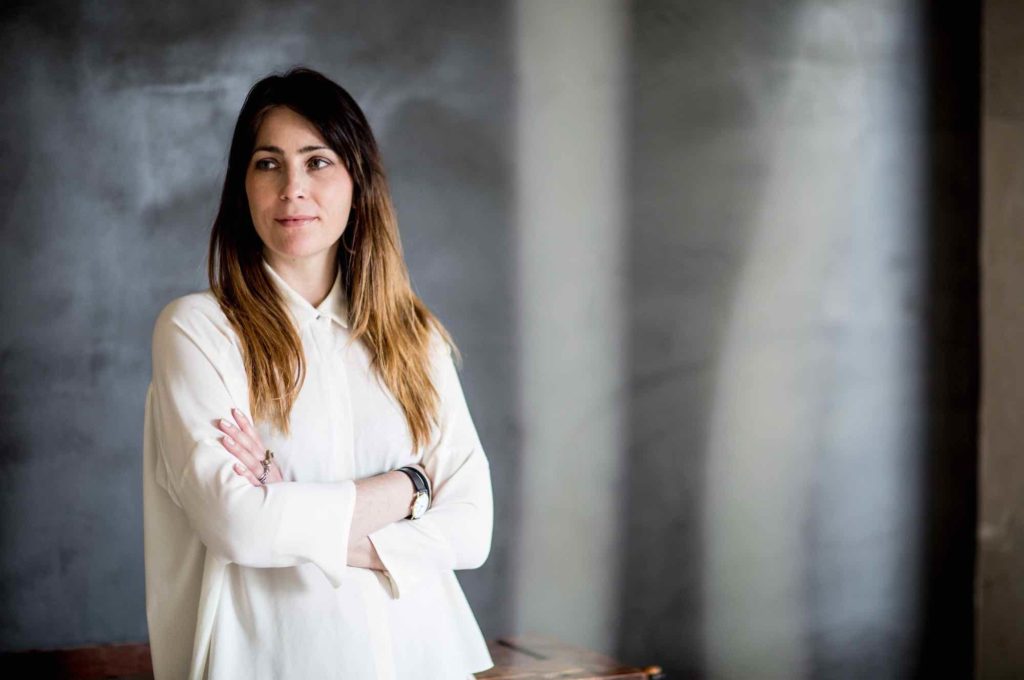
The company had been chugging along unobtrusively enough until the early ’80s, when Jonas’ parents, Jyliane Krüger and Niels Krüger, started to work directly with a handful of architects, such as Nanna Ditzel. “It started out as a sandbox experiment – doing pieces for exhibitions and so on. Then it moved into being smaller collections of our own but it was still a side project of the business,” says Jonas. That changed when the siblings joined the company a little under a decade ago. Although they grew up in the workshop, the pair had opted for separate careers. Jonas was a graphic designer for broadcast, while Julie trained as a tailor. She arrived first, followed by Jonas, initially on a part-time basis to update the firm’s website and logo. “In that process of diving into historic archives, and digging deeper into the history of the company, I just got really hooked,” he remembers. “I could see there was enormous potential and an untold story here.”
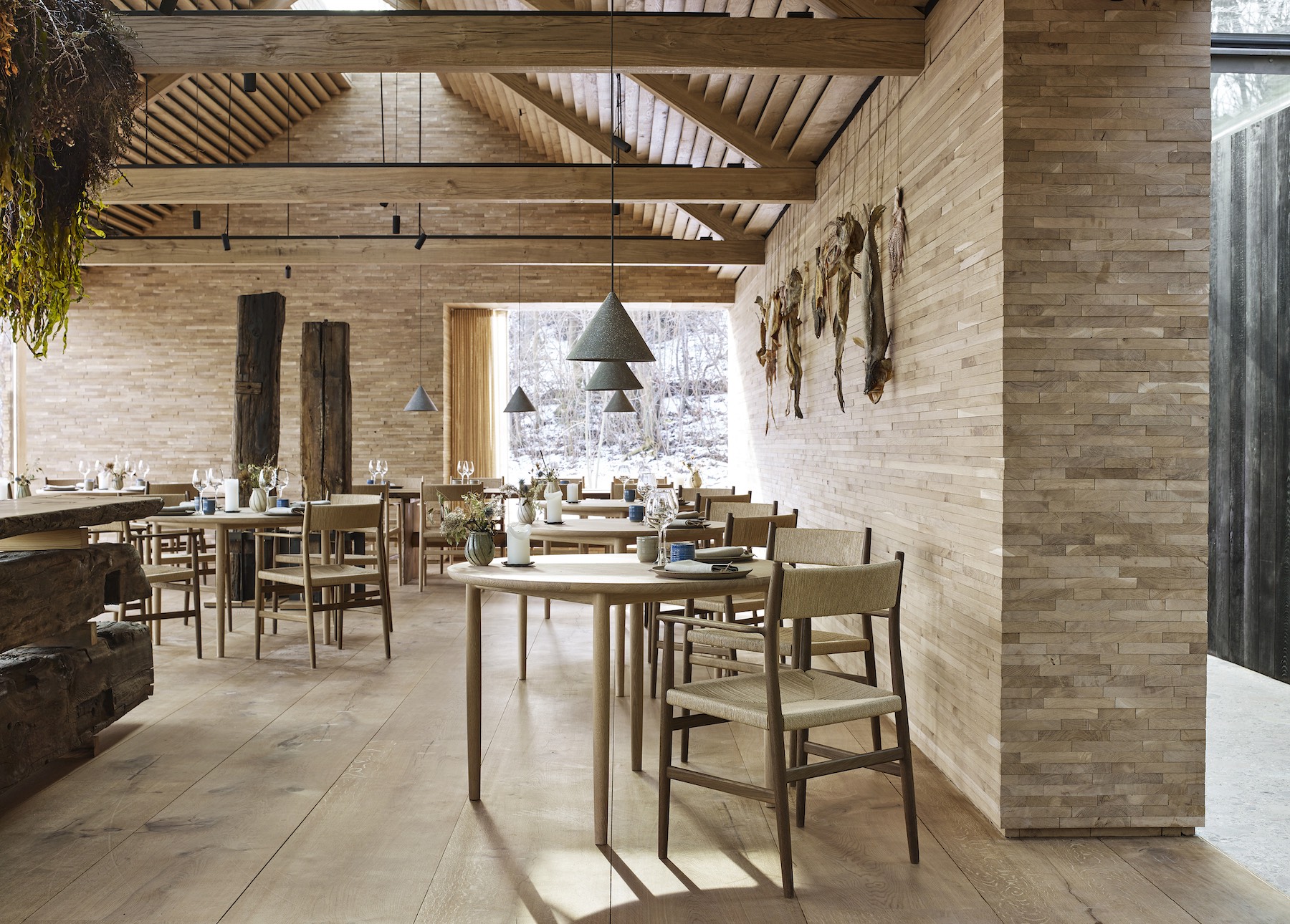
To give some sense of how things have changed: when the pair returned to the company, it employed seven staff. Since then that number has increased to 70. It has also opened a showroom in the centre of Copenhagen. However, Jonas is keen to make clear that its heart remains intact. “Wood is still our centre point,” he tells me. “The factory is all about working with solid wood with trained cabinet makers, trainees, and several generations working with the material as a speciality. But we have started to complement our furniture slowly with other materials.”
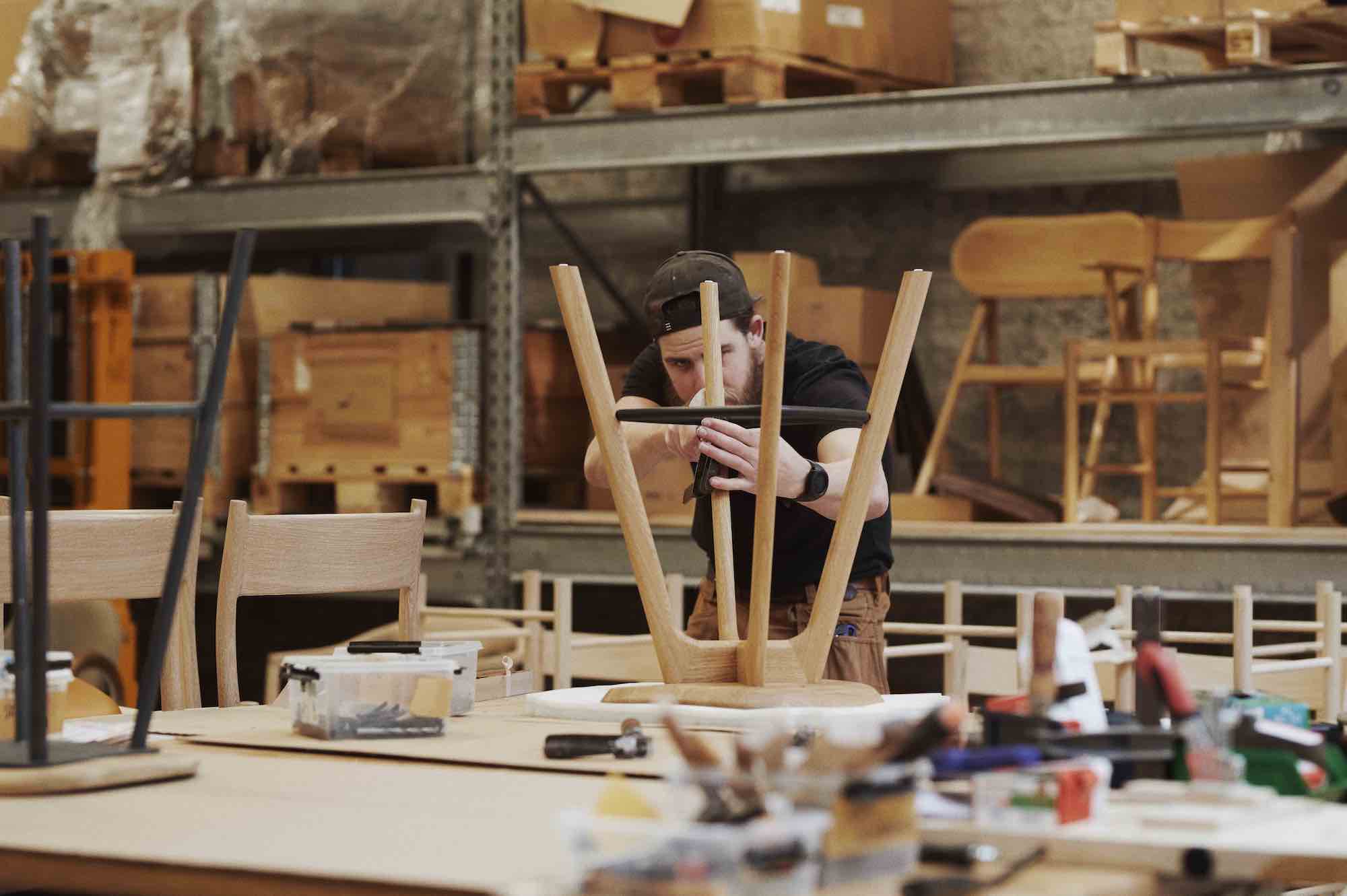
The pair have also commissioned work from a fistful of new designers too, including David Thulstrup (who created the interior for Noma), OEO Studio and Sverre Uhnger. One of its most intriguing collaborations is with Rasmus B Fex, a designer with a distinctly sculptural approach. “Everything he does is based on an analysis of history and then trying to skew or twist it or make it a little bit extraordinary,” enthuses Jonas. Their relationship started when Jonas saw a photo on Instagram of a new seat the designer was developing, which mixed a Shaker style webbing technique with a Danish pattern – a concept which Fex had first toyed with at the Mindcraft exhibition in Milan in 2013. “It’s a really small but clever way of merging traditional chair craftsmanship techniques to create something new,” he tells me.
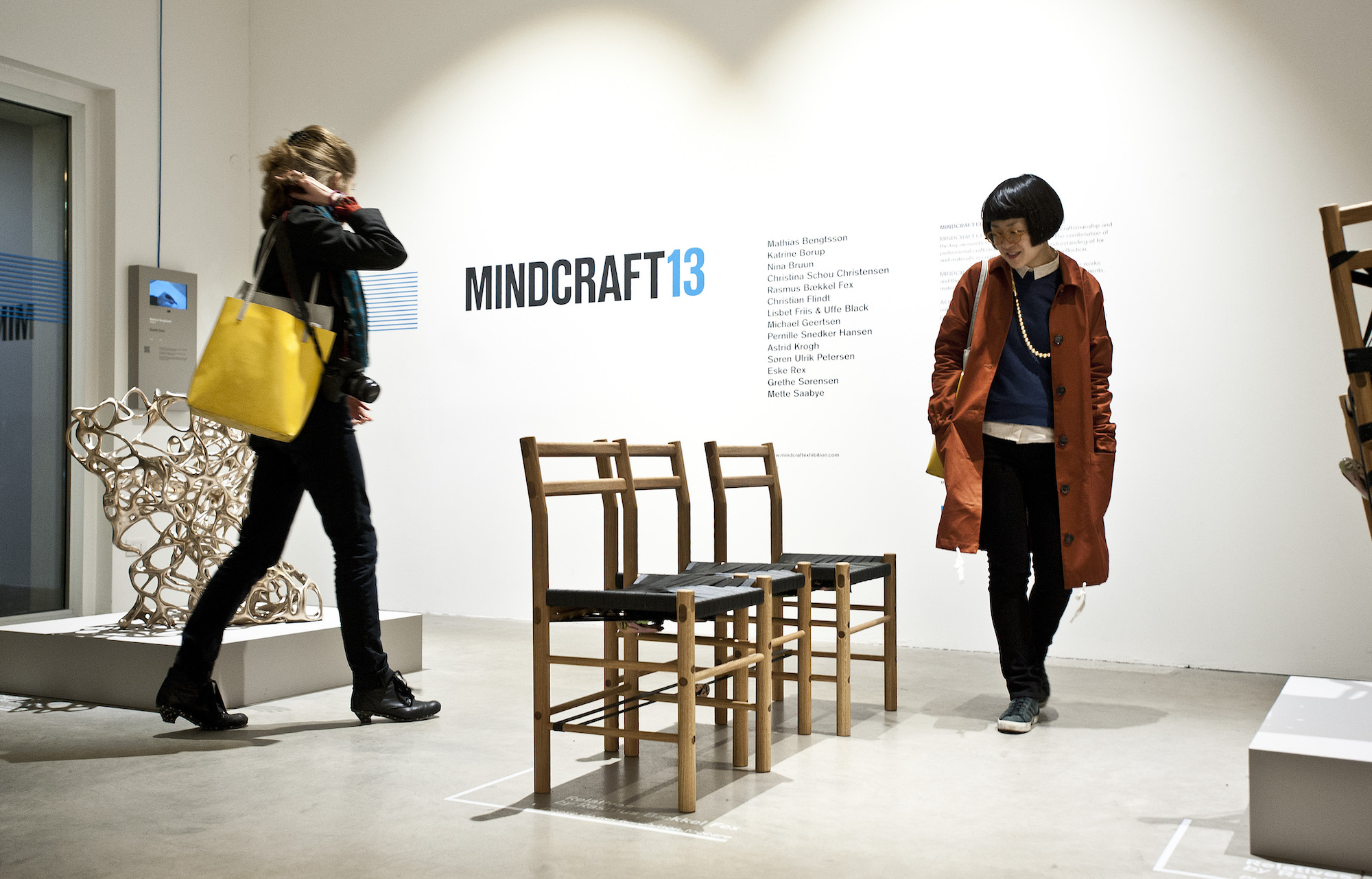
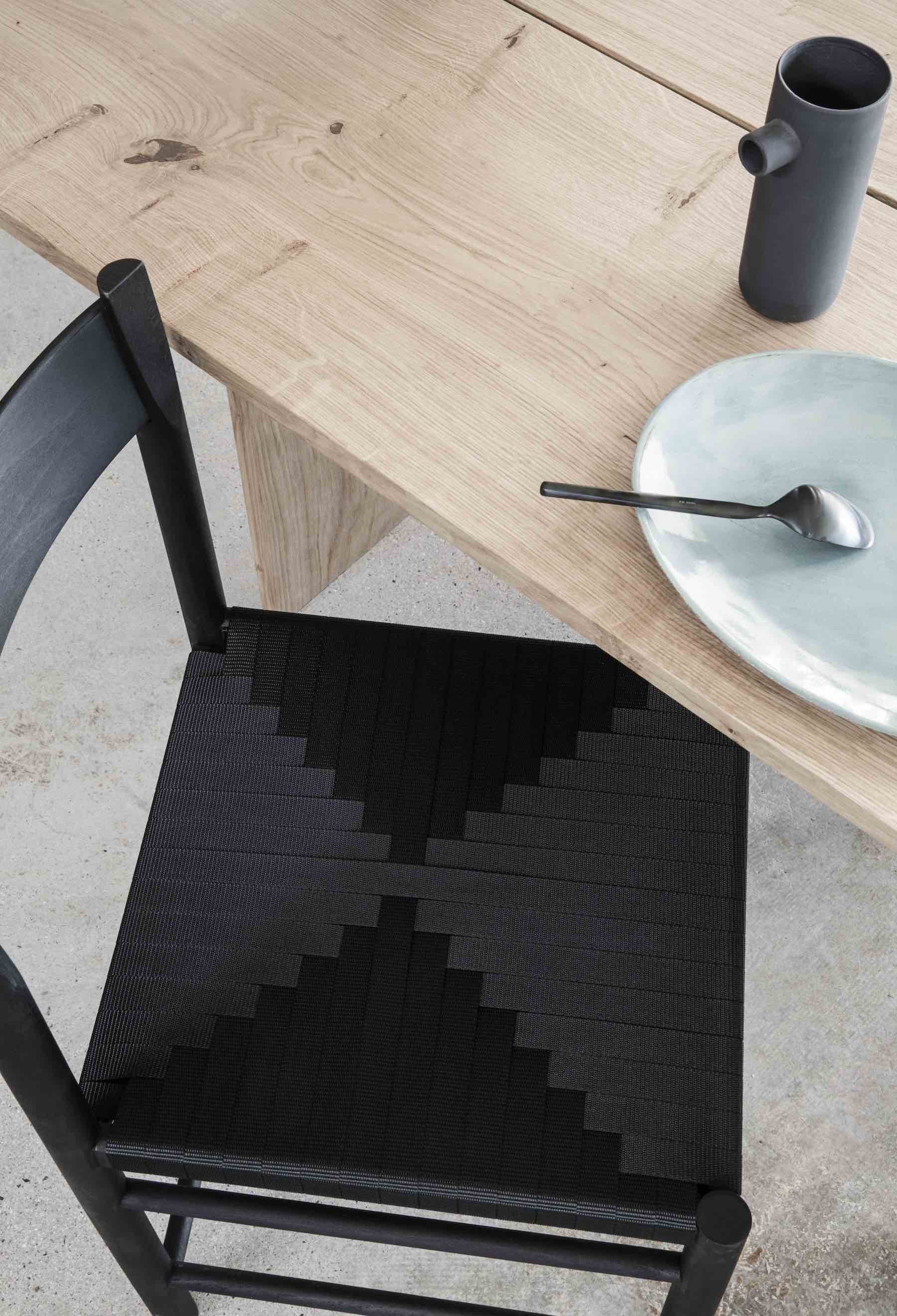
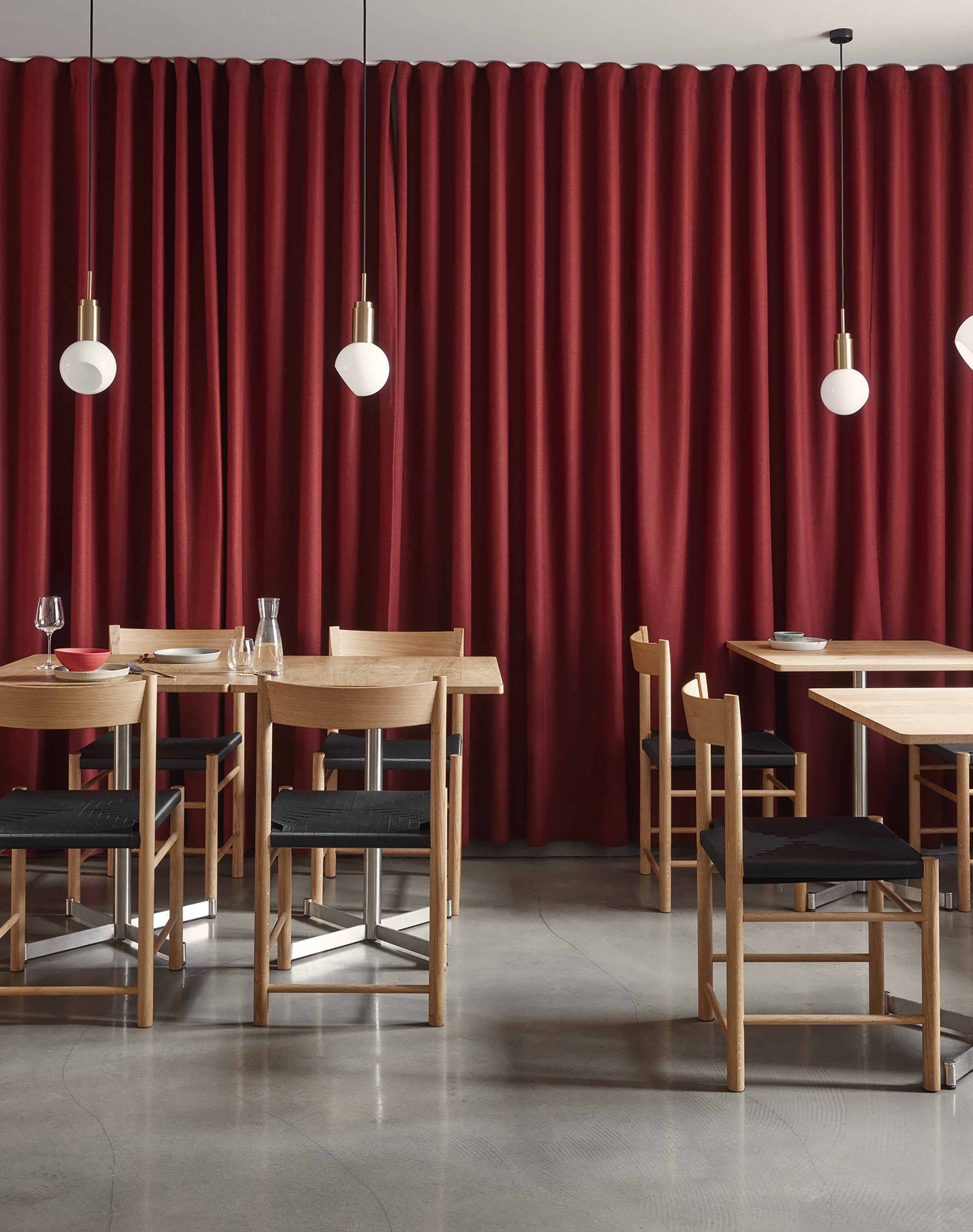
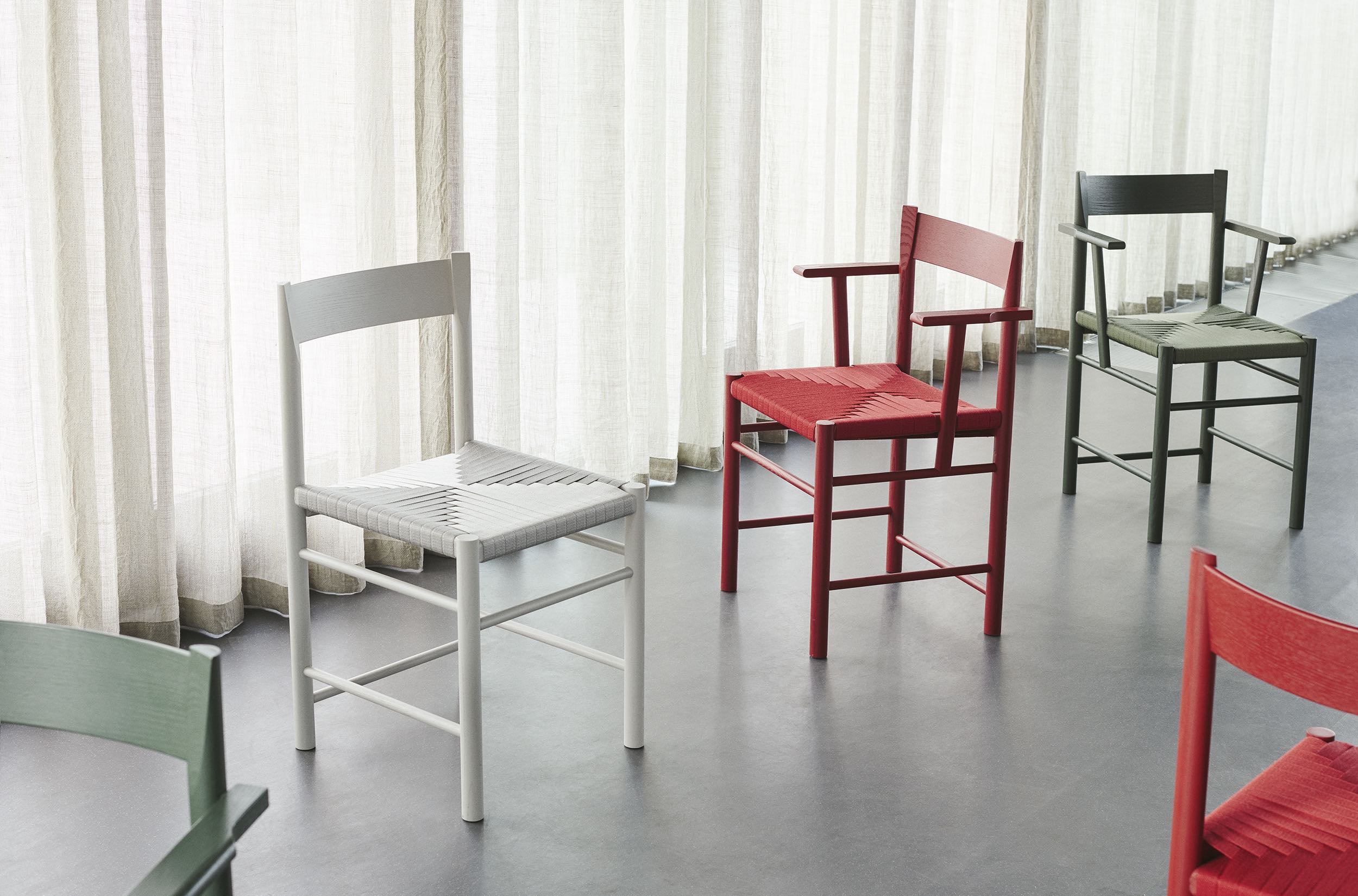
The pair started prototyping in the workshop without detailed drawings, and after a number of iterations arrived at a design that Jonas describes as “a reduced archetype chair”, adding: “One of the things we didn’t like about the conventional Shaker chair is that it isn’t comfortable enough. So we worked with comfort and reduction at the same time.” The result is the elegant F Chair – made in either ash or fumed oak – a piece that beautifully combines the past and present.
Rather like the company that made it in fact.
Grant Gibson is a UK-based design, craft and architecture writer. Gibson was previously editor of Blueprint and Crafts magazines, and his work has been published in The Observer, The Guardian, Daily Telegraph, FRAME and Dwell. In 2019, he launched the critically acclaimed podcast series Material Matters with Grant Gibson.
